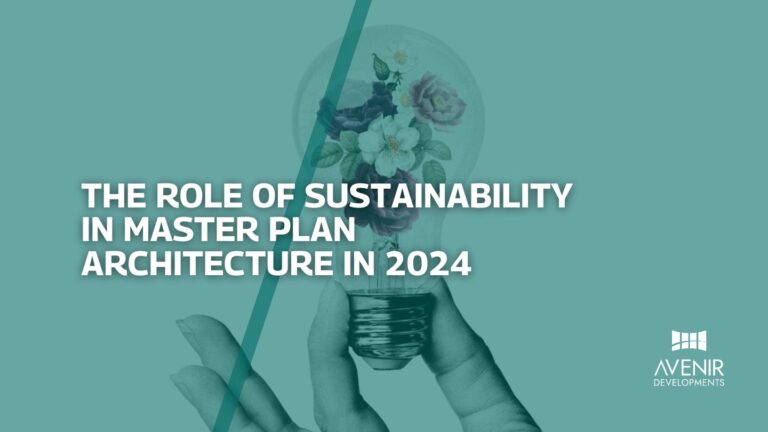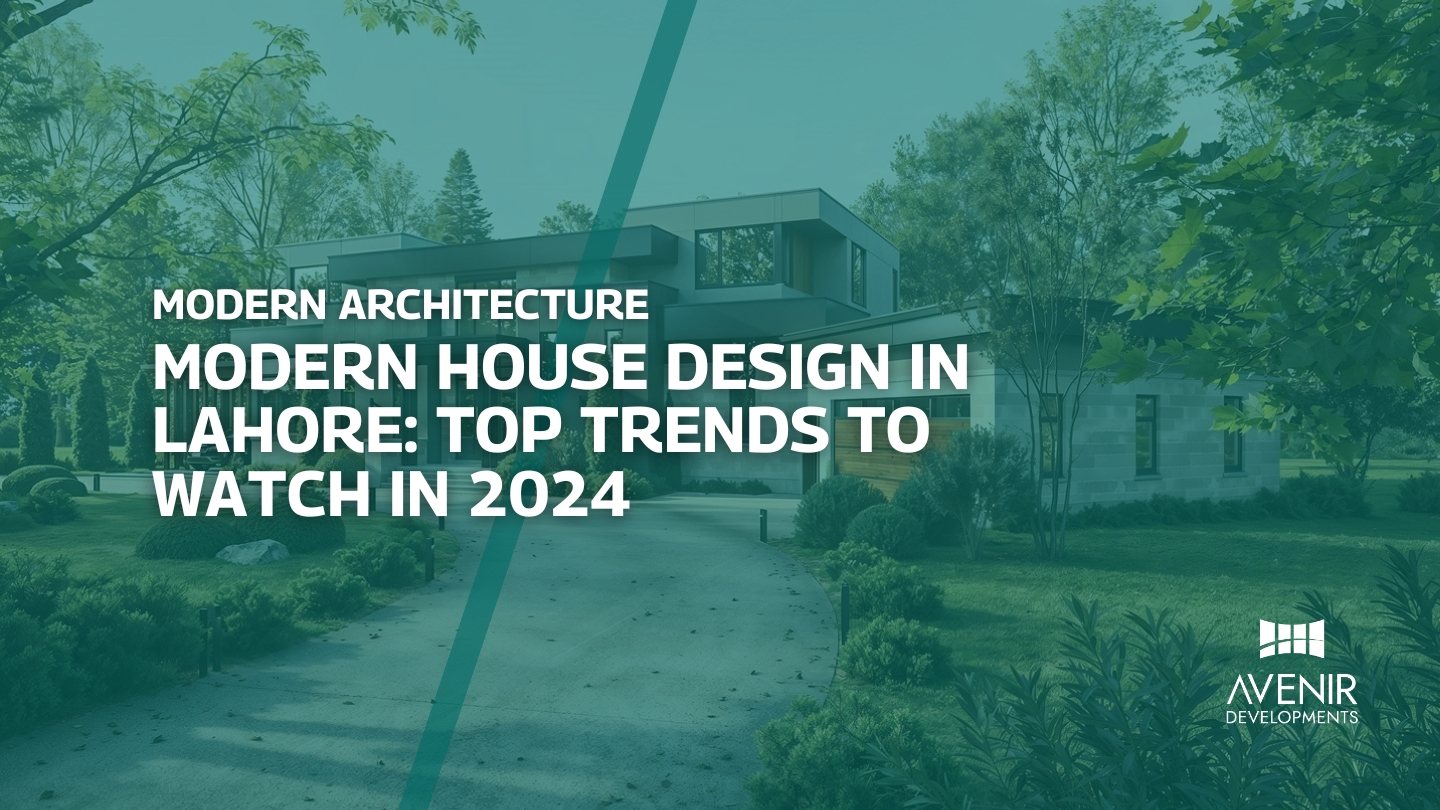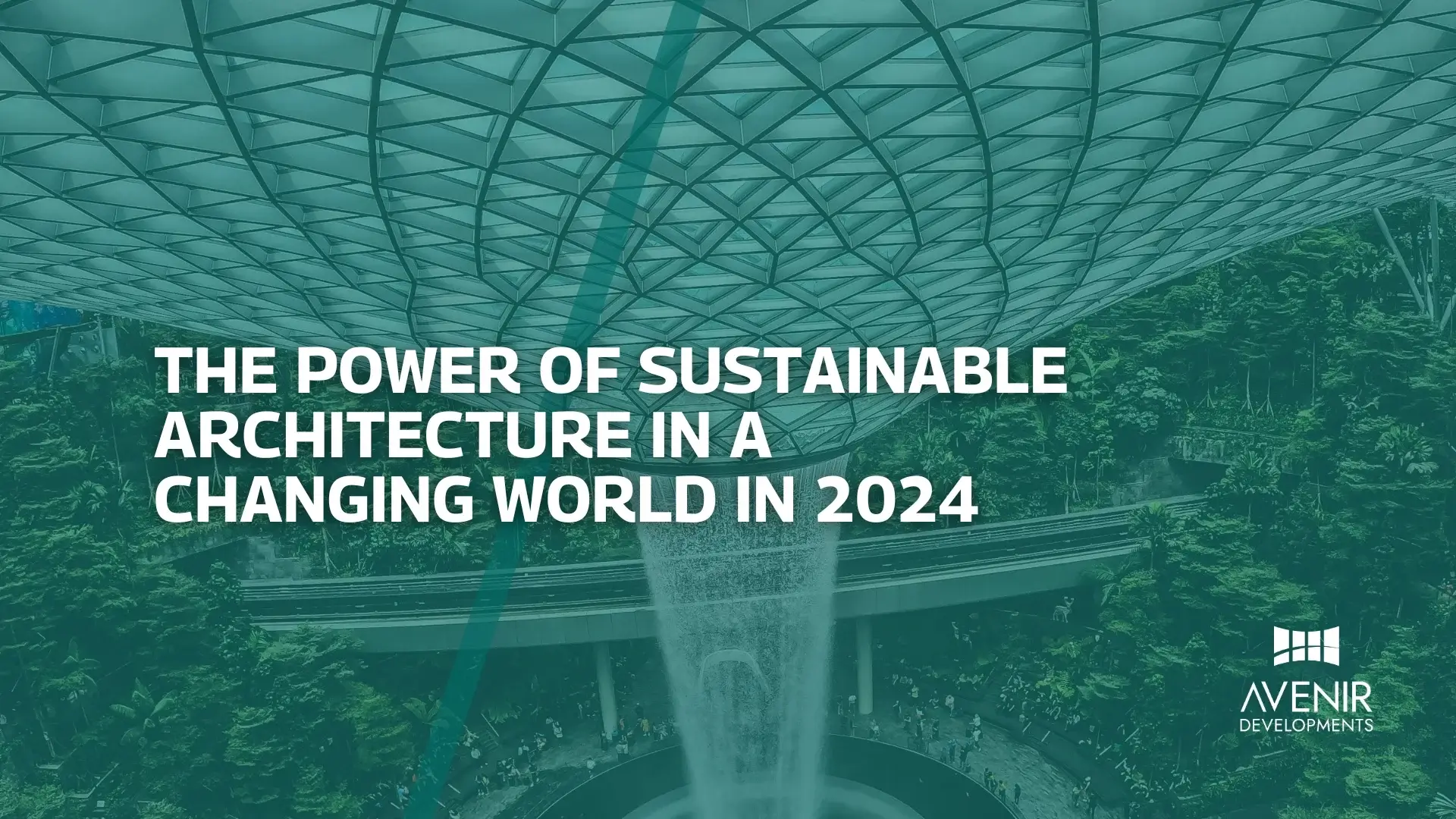Welcome to the world of dynamic interiors where the right lighting system can bring life and vibrancy to any space. A tailored lighting system offers a personalized and flexible approach to illuminating your surroundings, creating an atmosphere that complements your lifestyle and enhances the beauty of your interiors. In this article, we will dig into the topic “A Tailored Lighting System for Dynamic Interiors,” exploring its features, benefits, design ideas, and practical applications. Let’s embark on a journey of transformation through illumination.
A well-designed lighting system is the unsung hero of any interior space. It’s more than just illumination; it’s the art of crafting ambiance, accentuating architectural features, and enhancing the overall mood of a room. At Avenir Developments, we believe that a tailored lighting system is the key to creating truly dynamic interiors. By carefully considering the interplay of light and shadow, we can transform ordinary spaces into extraordinary experiences.
Illuminating the Importance of Tailored Lighting
Lighting design is a complex interplay of art and science. It involves understanding the principles of light, color theory, and human psychology to create spaces that are both functional and aesthetically pleasing. A thoughtfully designed lighting system can:
- Enhance the mood and atmosphere: The right lighting can evoke a wide range of emotions, from calm and serene to energetic and stimulating.
- Highlight architectural features: Recessed lighting, pendant lights, and sconces can draw attention to specific elements of a room, such as a beautiful ceiling or a stunning piece of artwork.
- Improve task performance: Proper lighting is essential for activities like reading, working, and cooking. By providing adequate illumination, we can reduce eye strain and improve productivity.
- Increase energy efficiency: By utilizing energy-efficient lighting fixtures and smart lighting controls, we can reduce our carbon footprint and lower our energy costs.
In recent years, there has been a significant shift towards more personalized and flexible lighting solutions. Advances in LED technology have enabled us to create a wide range of lighting effects, from warm and inviting to cool and clinical. Additionally, the rise of smart home technology has made it easier to control and automate our lighting systems.
As experienced architects and interior designers, we’ve seen firsthand the transformative power of lighting. Whether it’s a cozy living room, a sleek office space, or a luxurious bedroom, a well-designed lighting system can elevate the overall design and create a truly unforgettable experience.
A Tailored Lighting System for Dynamic Interiors: Unveiling the Concept
Imagine a lighting system that adjusts to your needs, sets the mood, and accentuates the beauty of your interiors seamlessly. A tailored lighting system is precisely that – a comprehensive solution that customizes illumination to match your preferences, activities, and the unique characteristics of your space. It goes beyond merely switching lights on and off; it’s a sophisticated blend of art and science, creating an ambiance that captivates and inspires.
Lighting Trends: A Global Perspective
The world of lighting design is constantly evolving, with new trends emerging every year. In 2024, we’re seeing a growing emphasis on sustainability, personalization, and biophilic design.
Sustainable Lighting Solutions
As environmental concerns continue to grow, there is a strong demand for sustainable lighting solutions. LED lighting, in particular, has become increasingly popular due to its energy efficiency and long lifespan. Additionally, many manufacturers are now focusing on using recycled materials and reducing their carbon footprint.
Personalized Lighting Experiences
With the rise of smart home technology, consumers are seeking more personalized lighting experiences. Smart lighting systems allow users to control the brightness, color temperature, and even the timing of their lights using a smartphone app or voice commands. This level of customization empowers individuals to create the perfect ambiance for any occasion.
Biophilic Lighting
Biophilic design, which incorporates elements of nature into built environments, is a growing trend in interior design. Biophilic lighting seeks to mimic natural light patterns, such as the soft glow of daylight and the warm hues of sunset. By incorporating natural light sources and using lighting fixtures that simulate daylight, we can create spaces that promote well-being and productivity.
Lighting Trends in Pakistan
In Pakistan, the lighting industry is experiencing significant growth, driven by urbanization and rising disposable incomes. While traditional lighting fixtures are still popular, there is a growing demand for modern and energy-efficient solutions. Local manufacturers are responding to this trend by offering a wide range of LED lighting products, including bulbs, downlights, and strip lights.
To further promote sustainable lighting practices, the Pakistani government could consider implementing stricter energy efficiency standards for lighting products. Additionally, incentives could be offered to encourage the adoption of energy-efficient lighting solutions, such as tax breaks or subsidies.
Benefits of a Tailored Lighting System
1. Personalized Lighting Experience
With a tailored lighting system, you can create an ambiance that resonates with your personality and style. 70% of consumers are interested in smart lighting solutions that can be customized to their preferences. Whether you prefer warm, cozy lighting for relaxing evenings or bright, invigorating lights for productive workspaces, this system lets you craft the perfect atmosphere for any occasion.
2. Energy Efficiency and Cost Savings
The ability to adjust lighting levels and utilize energy-efficient LED technology allows for significant cost savings in the long run. A tailored lighting system optimizes energy consumption, reducing your carbon footprint and lowering utility bills.
3. Mood Enhancement
Mood enhancement lighting is a rapidly growing field that harnesses the power of light to influence our emotional well-being. Studies by the American Society of Interior Designers (ASID) indicate that strategically designed lighting schemes can significantly impact mood. For example, exposure to bright, cool-toned light can increase alertness by up to 20%, while warm-toned lighting in the evening can promote relaxation and sleep quality by suppressing melatonin production. The right lighting can have a profound impact on mood and emotions. Tailored lighting systems enable you to evoke specific feelings through illumination, helping create spaces that promote relaxation, focus, or celebration.
4. Highlighting Architectural Features
Highlighting architectural features with lighting isn’t just about aesthetics; it’s a strategic practice backed by impressive results. Studies show that well-placed lighting can increase the perceived value of a property by up to 10%. A well-designed lighting system can bring out the best in your interiors, emphasizing architectural elements and decorative features. Subtle lighting accents can transform ordinary spaces into extraordinary ones.
5. Smart Automation and Integration
Modern tailored lighting systems can be integrated with smart home technology, allowing for automated controls, remote access, and voice commands. This seamless integration enhances convenience and provides an elevated user experience. Imagine lights automatically adjusting to the sunset or turning on when motion is detected, saving energy and creating a more secure environment. Smart lighting also offers wellness benefits, with tunable white options that mimic natural light cycles, promoting better sleep and focus. With its growing affordability and ever-expanding capabilities, smart lighting integration is poised to illuminate the future of our living spaces.
Creating the Perfect Lighting Scenes
1. Enhancing Relaxation and Serenity
Create a serene and tranquil atmosphere in your bedroom with soft, warm lighting. Incorporate bedside lamps with dimmers to control the intensity of light, allowing for a calming environment ideal for unwinding after a long day.
2. Energizing Workspaces
For a productive home office, opt for bright and focused task lighting. Position desk lamps strategically to minimize glare and shadows, promoting efficiency and concentration.
3.Entertaining in Style
When hosting gatherings or parties, transform your living area with vibrant and adjustable lighting. Utilize accent lighting to highlight artworks or decor pieces, while dimmable overhead lights set the mood for an unforgettable evening.
4. Welcoming Entryway
Common Lighting FAQs
Make a lasting impression on guests with an inviting entryway. Incorporate a statement chandelier or pendant light to add a touch of grandeur. Supplement with wall sconces or floor lamps to create a warm and welcoming ambiance.
Q: What is the best type of lighting for a living room?
A: The best type of lighting for a living room depends on the specific layout and desired ambiance. A combination of ambient, task, and accent lighting is often ideal. Ambient lighting, such as recessed downlights or floor lamps, provides general illumination. Task lighting, like table lamps or desk lamps, is used for reading or other specific activities. Accent lighting, such as spotlights or wall sconces, can be used to highlight artwork or architectural features.
Q: How can I create a cozy atmosphere with lighting?
A: To create a cozy atmosphere, use warm-toned light bulbs and dimmers. Layer different types of lighting to create depth and interest. Consider using candles or string lights to add a touch of warmth and romance.
Q: What is the best lighting for a bedroom?
A: A bedroom should have a combination of ambient, task, and accent lighting. Ambient lighting, such as a ceiling fixture or wall sconces, provides general illumination. Task lighting, like bedside lamps, is essential for reading or working in bed. Accent lighting, such as a bedside lamp or a floor lamp, can create a relaxing atmosphere.
Q: How can I improve the lighting in my kitchen?
A: Good kitchen lighting is essential for food preparation and cooking. Under-cabinet lighting can illuminate countertops, while pendant lights can provide general illumination. Additionally, task lighting, such as adjustable spotlights, can be used to highlight specific areas, such as a cutting board or stovetop.
Q: What is the best way to light a small room?
A: To make a small room feel larger, use a combination of ambient and accent lighting. Avoid using large, bulky fixtures that can overwhelm the space. Instead, opt for smaller, more delicate fixtures. Consider using mirrors to reflect light and create the illusion of more space.
Q: How can I choose the right color temperature for my lighting?
A: Color temperature is measured in Kelvin (K) and affects the overall mood of a space. Warmer color temperatures (2700K-3000K) create a cozy and inviting atmosphere, while cooler color temperatures (4000K-6500K) are more energizing and focused. Consider the specific function of the room when choosing a color temperature.
Expert Tips for Designing a Tailored Lighting System
- Prioritize Natural Light: Wherever possible, leverage natural light by strategically placing mirrors and reflective surfaces to enhance its reach. Natural light is not only aesthetically pleasing but also contributes to a healthy and positive living environment.
- Opt for Warm Color Tones: Warm color tones, such as yellows and oranges, create a cozy and inviting atmosphere. Balance warm hues with cool tones in specific areas to avoid overwhelming the space.
- Use Smart Timers: Incorporate smart timers into your lighting system to automatically adjust the intensity of light throughout the day. This feature saves energy and ensures your interiors are always perfectly illuminated.
- Embrace Creativity: Experiment with lighting designs to discover unique and inspiring setups. Don’t be afraid to mix and match fixtures to achieve a personalized look that resonates with your taste.
- Seek Professional Advice: Enlist the services of a lighting designer or interior decorator to ensure the lighting system aligns with your vision and brings out the best in your interiors.
- Layer Your Lighting: Don’t rely on a single light source to illuminate a space. Layer different types of lighting, such as ambient, task, and accent, to create depth and interest.
- Consider the Color Temperature: The color temperature of your lighting can significantly impact the mood of a space. Warmer tones are ideal for creating a cozy and inviting atmosphere, while cooler tones are better suited for focused tasks.
- Use Dimmers: Dimmers allow you to adjust the intensity of your lighting to suit different moods and activities. They’re particularly useful in living rooms and bedrooms.
- Highlight Architectural Features: Use accent lighting to draw attention to unique architectural features, such as a fireplace or a vaulted ceiling.
- Create Focal Points: Use spotlights to highlight artwork, sculptures, or other decorative objects.
- Don’t Neglect Natural Light: Maximize natural light by using large windows and skylights. Consider using sheer curtains or blinds to control the amount of light entering a room.
- Think About Energy Efficiency: Choose energy-efficient lighting fixtures, such as LED bulbs, to reduce your carbon footprint and lower your energy costs.
- Consult with a Lighting Designer: If you’re unsure about how to design a lighting system, consult with a professional lighting designer. They can help you create a customized lighting plan that meets your specific needs and preferences.
A tailored lighting system for dynamic interiors is not just about illumination; it’s about creating an experience. By customizing lighting to match your lifestyle and preferences, you can breathe life into your living spaces. Whether it’s a cozy bedroom retreat, a productive home office, or a vibrant entertainment area, a well-designed lighting system can elevate the ambiance to new heights. Embrace the power of tailored lighting and witness the transformation of your interiors into captivating havens of light and beauty.
Read More: The Absolute Importance of Lighting in Interior Design in 2024






